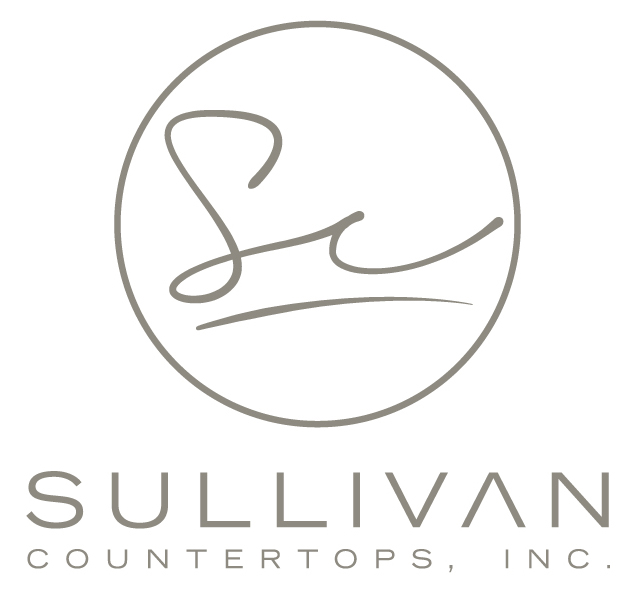In our experience, Marble is a very problematic material for use as a kitchen countertop surface. You should carefully consider whether you are prepared for the care, maintenance, and almost inevitable marking and staining that will occur over time. Marble is soft, porous, and subject to etching. Etching is an eating away of the calcium content of Marble when exposed to acids. There are a vast variety of acidic liquids found in everyday use in a kitchen including wine, vinegar, mustard, lemon juice, orange juice and even milk. There is no way to prevent acid etching other than to coat the marble. The porosity of marble makes it prone to staining. The use of a good quality sealer will help prevent staining. We seal all of our marble tops with two coats of Dry Treat sealer, considered by us to be the premium sealer on the market. Marbles range in hardness from 4-5 on the ten-point MOHS scale (diamonds are 10; granites are ±7). Marble scratches easily. Having said all that, clients who are aware of Marble’s limitations may still choose to use it. Marble has been valued for thousands of years for its rich palette of beautiful colors. Marble can be polished or honed, honed is recommended for kitchen, and runs the color gamut from white and muted beiges to browns, rich reds and greens.
True marbles are formed from limestone or dolomite that has undergone enough heat and pressure to metamorphose into a crystalline structure. This metamorphosis takes place when temperatures in excess of 1800ºF are generated by the weight of overlying material, pressure from crustal collisions and heat from the earth’s core. True marbles are generally white or whitish, sometimes translucent, with some veining or color providead by other minerals present during the process of metamorphosis.
Breccias, or brecciated marbles, such as Breccia Oniciata or Breche Nouvelle, are stones which have been broken up by earth movement, landslides and cave-ins, and re-cemented with various dissolved minerals such as silicates, resulting in the characteristic “broken” appearance.
Most green marbles on the market are technically not marble, but serpentinites, or serpentines, as they are more commonly called. These include the “jades” from Taiwan, and the very hard Verde Antique from Vermont. Because they are chemically more closely related to basalt and other mantle rocks, they aren’t subject to etching and tend to be a bit harder than other stones generally classified as marble.
